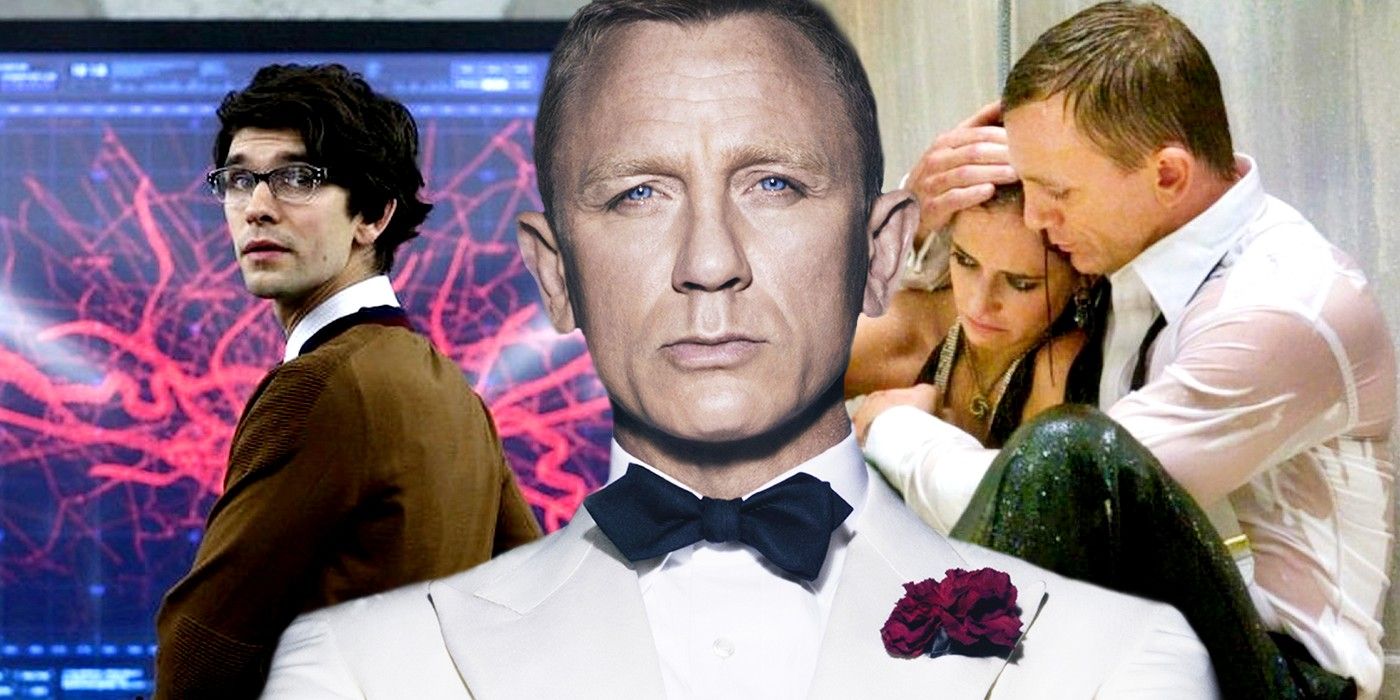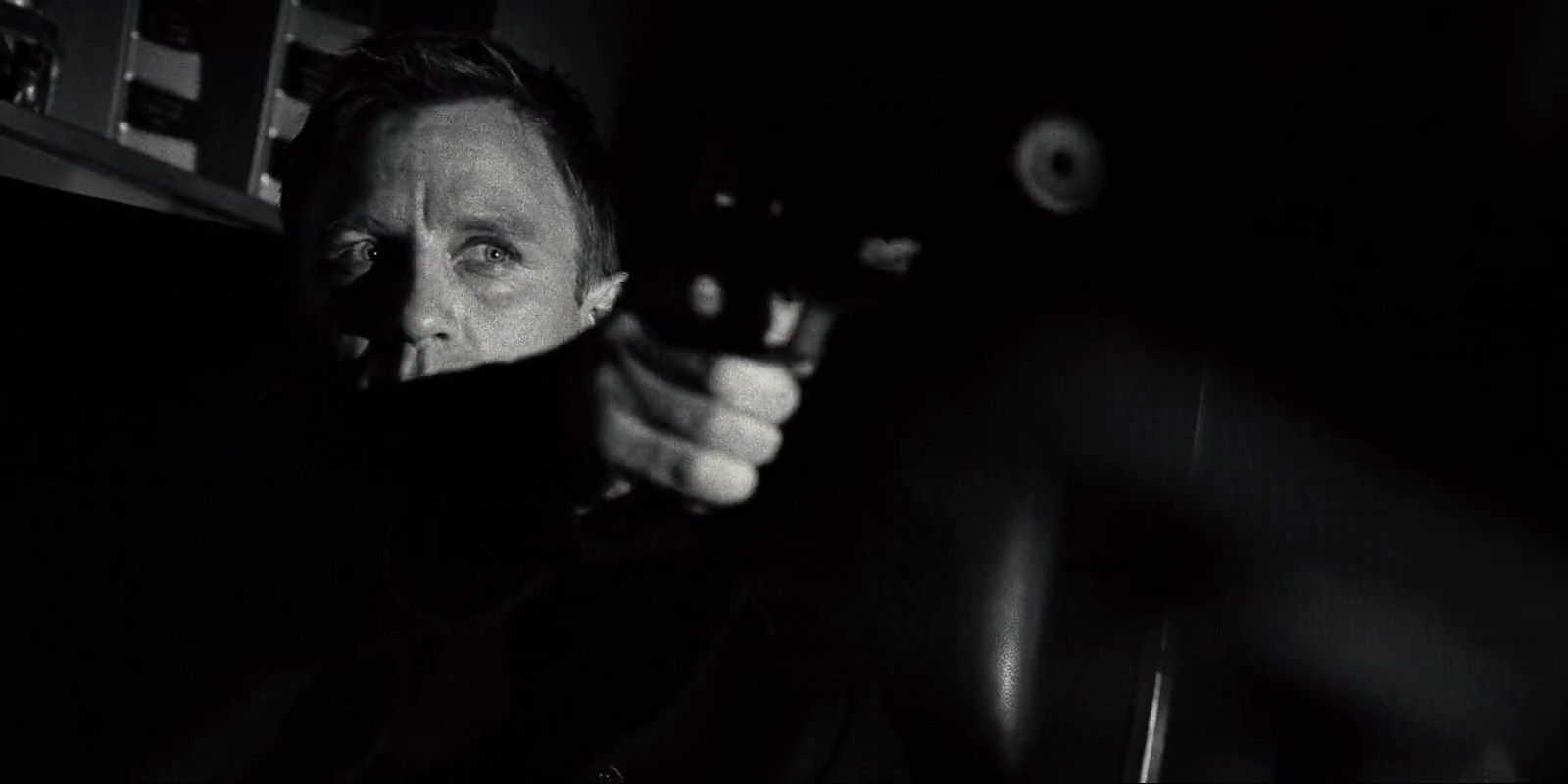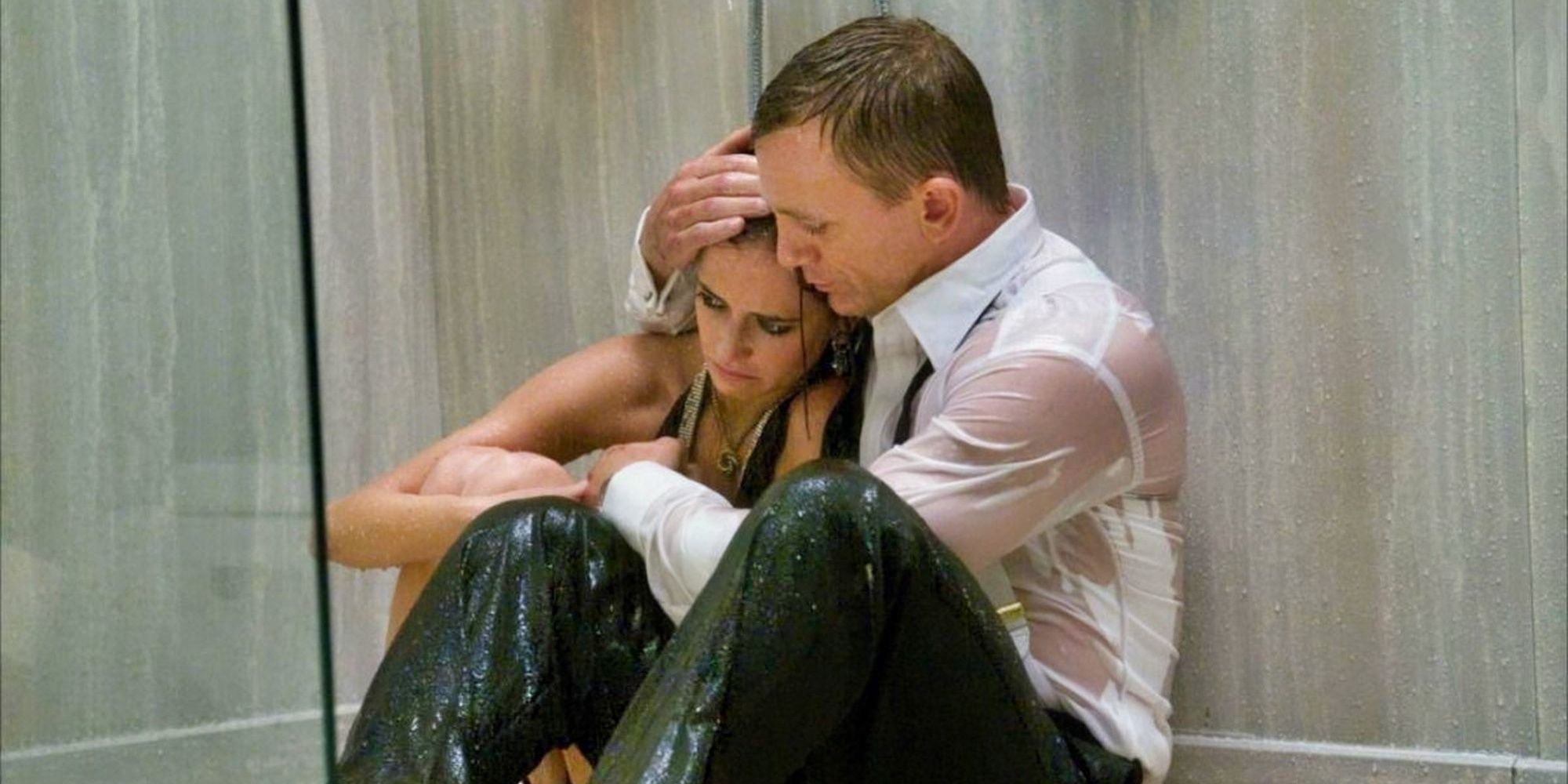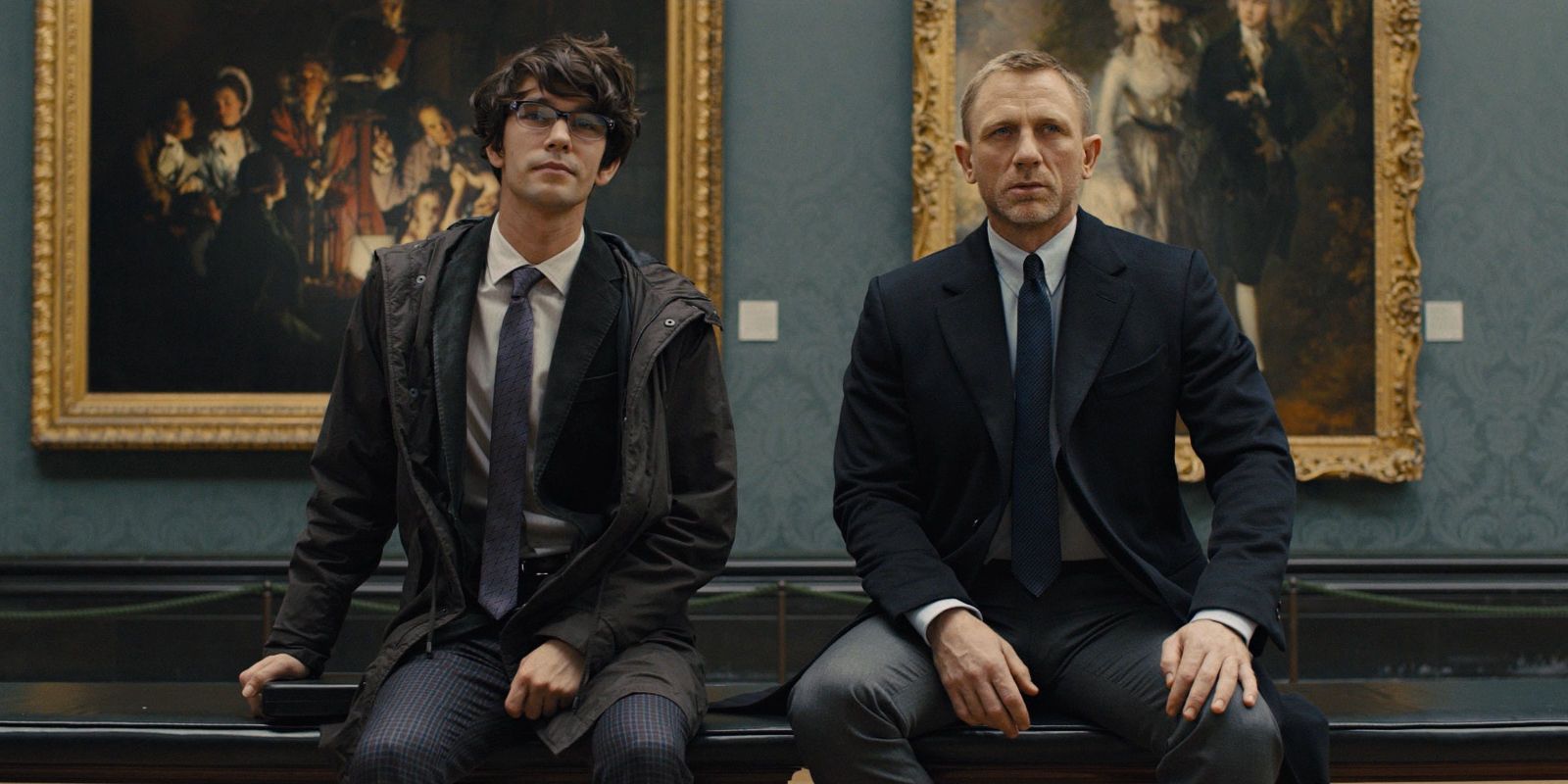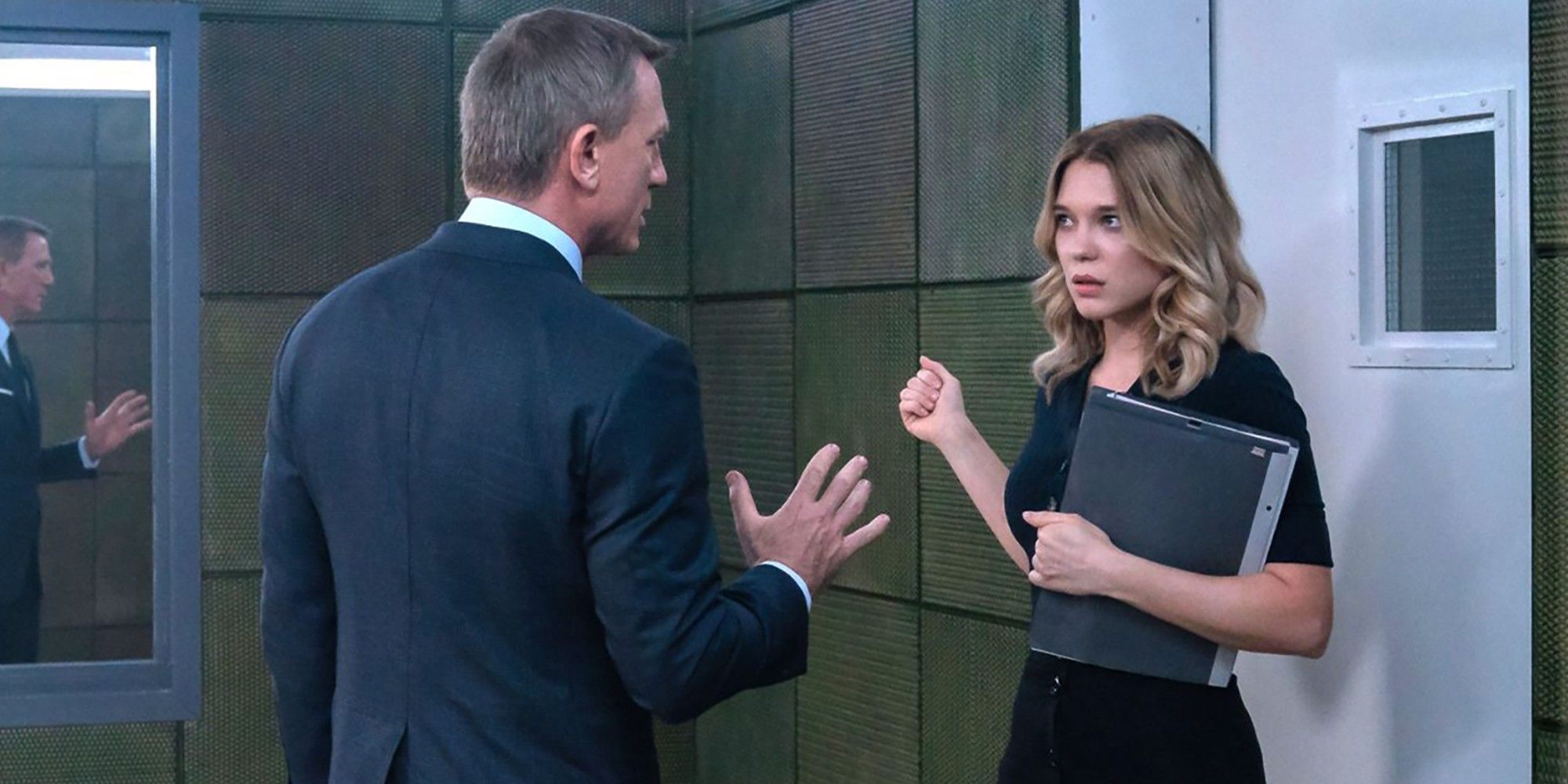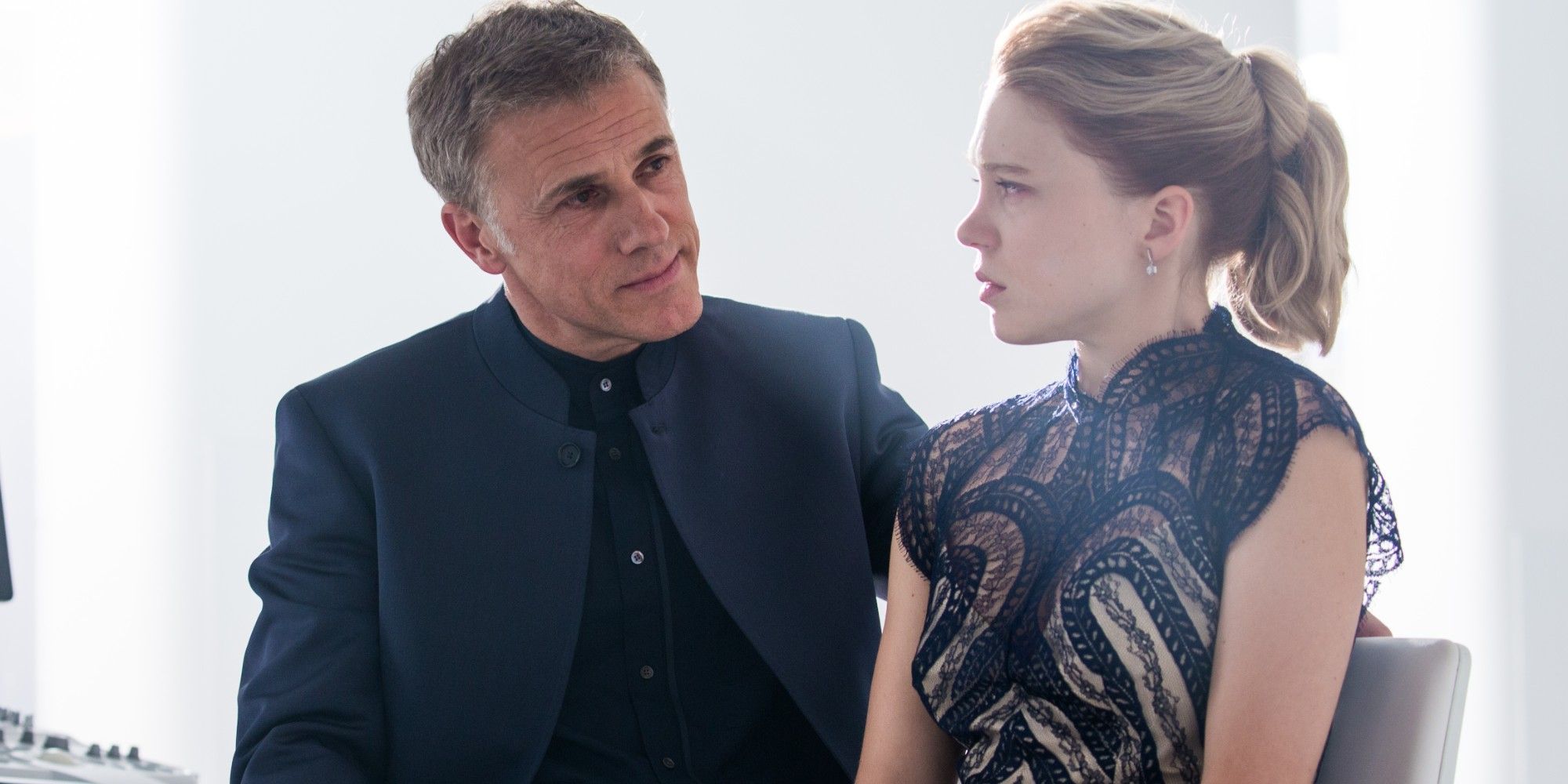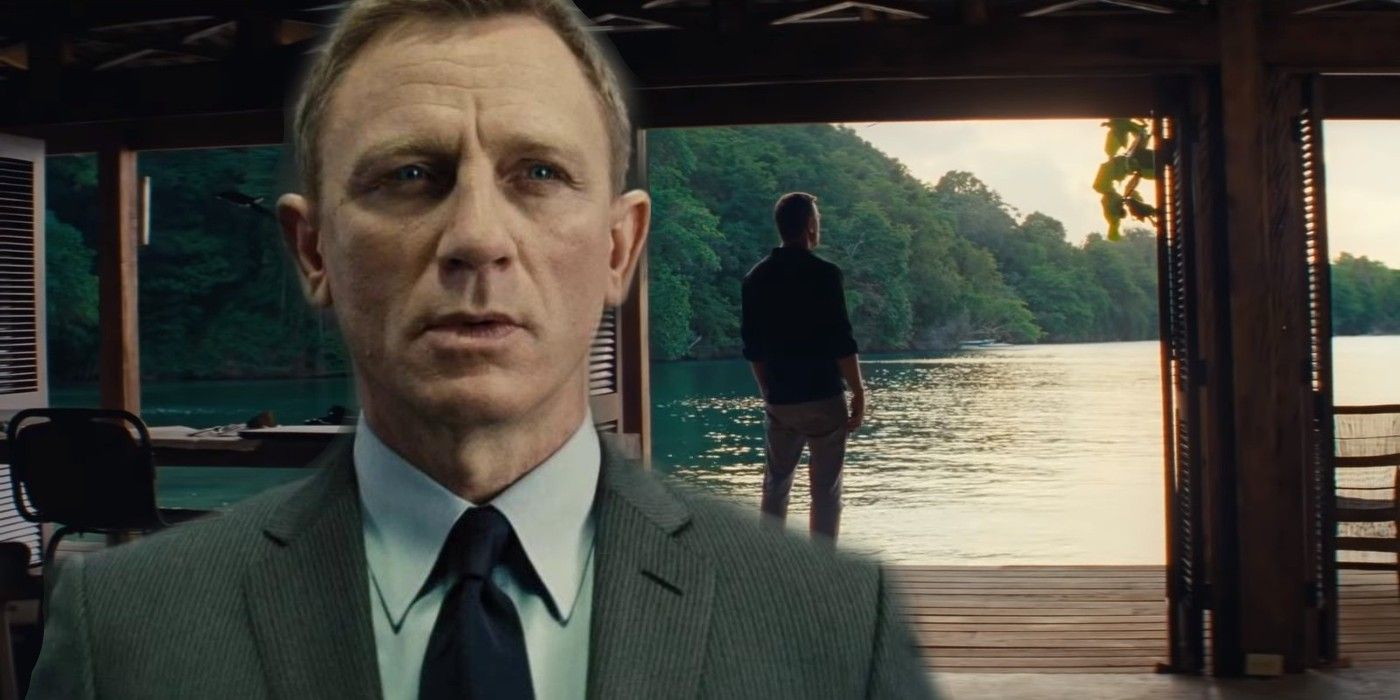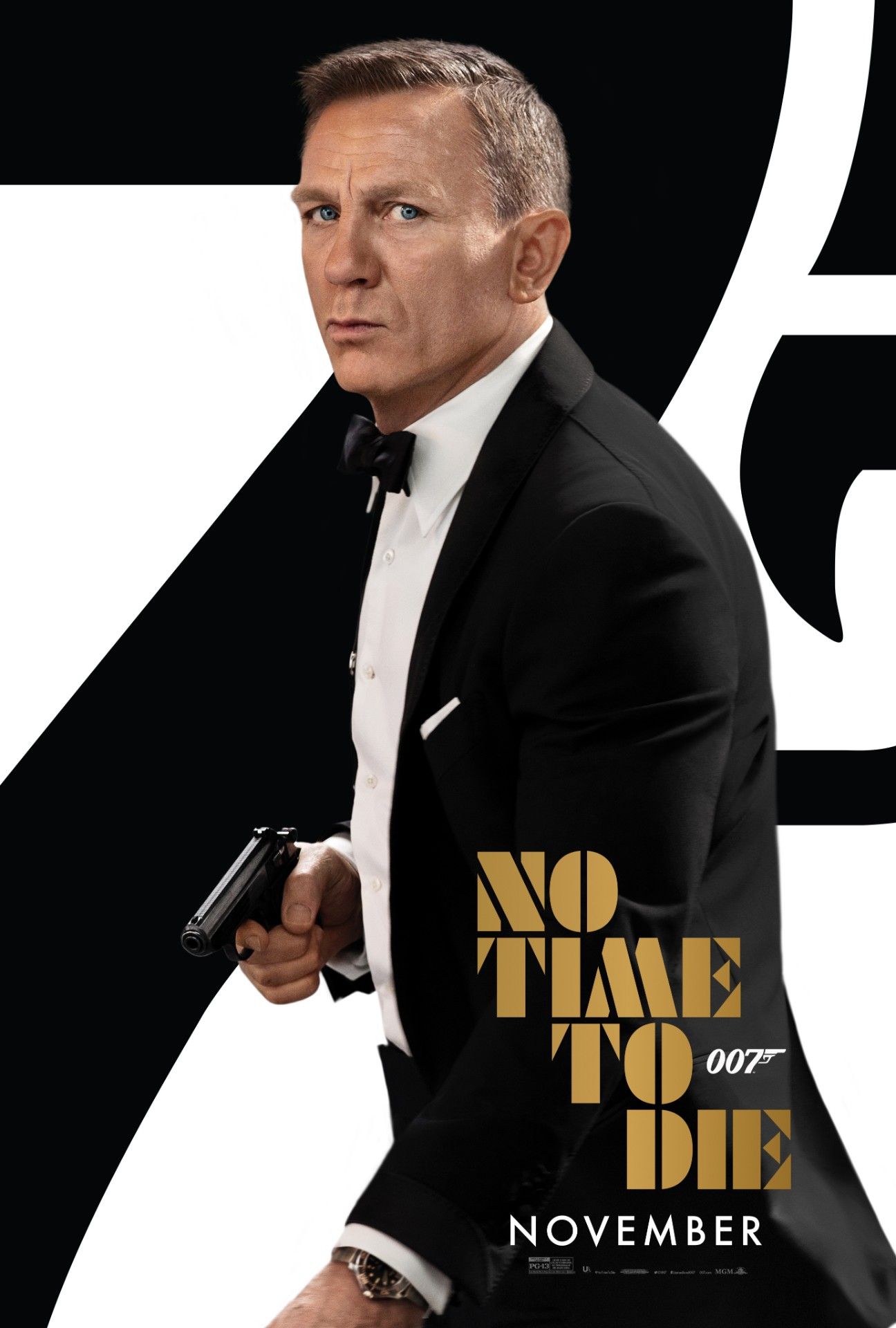The Daniel Craig era represents a radical modernization of the James Bond franchise but how, exactly, has 007 changed over the past 15 years. Whereas some movie franchises achieve long-term success by moving with the times and constantly evolving, others proudly offer a comforting familiarity that fans can rely on time and time again. James Bond is arguably lounging in the latter category. From Sean Connery's 1962 debut to Pierce Brosnan's swansong 50 years later, 007 became a different man (more than once), but many of those original Bond tropes remained untouched, and when Die Another Day's credits rolled to a collective sigh, the need for reinvention was as transparent as 007's invisible car.
Across a quintet of releases, Daniel Craig's James Bond has overhauled much of what Britain's suavest spy relied on for so long - a deliberate effort by Eon (Bond's big screen overseers) to bring 007 kicking and screaming into the present. Predictably, those changes haven't been universally accepted. Many embraced the revolution, some refused to accept this was still their "James Bond," and others have flicked back and forth between camps with each Craig release. Whatever side you take, modern Bond's financial clout cannot be denied, while critical reviews have remained largely positive - especially with Casino Royale and Skyfall.
With No Time To Die, the curtain finally falls on Daniel Craig's service for Queen and country. As this oft-delayed closing chapter of the 007 story nears, what elements of the James Bond formula have fundamentally changed since the infamously controversial "Blond Bond" took center stage?
James Bond Stopped Being Funny
By far the most immediately obvious (and immediately controversial) James Bond change made by Casino Royale was an abrupt and drastic darkening of tone - as if 007 suddenly reached 5% and switched to battery-saving mode. Bond's tonal struggle was nothing new to Eon. The likes of Moonraker and Octopussy took Roger Moore into territory many felt was either too fantastical or too comedic (no one needs to see Bond in clown makeup), whereas Timothy Dalton's short reign courted backlash for being too grisly. By the end of Pierce Brosnan's era, James Bond had once again fallen from his tonal tightrope, landing somewhere between parody and farce in Die Another Day.
It's only natural that Casino Royale would be the antithesis of that, but fans didn't necessarily expect Bond to go quite as miserable as he did. A perennially-frowning 007, Vesper Lynd's tragic death, brutal torture scenes, and an unflinching grounded philosophy that took Bond closer to real life espionage (probably) than he'd ever dared venture. In truth, it was the hard reset James Bond needed, with his usual quips and hare-brained escapades aging like milk through the late 1990s. The new grit was too much for some, but more recent Daniel Craig Bond releases have slowly injected lighter moments into the gloom.
Daniel Craig's Bond Became A "Blunt Instrument"
007's turn to the dark side sparked a renewed intensity around the franchise's fight scenes. James Bond has always been a keen purveyor of violence - "license to kill" is his third favorite catchphrase, after all - but his actions usually stopped short of making audiences squirm. A "shocking" quip here and a stuntman pratfall there, and viewers could easily view Bond's murders through movie-land spectacles. Timothy Dalton's Bond lowered those lenses, but it was Daniel Craig who ripped them off completely. Casino Royale brought a very visceral, warts-and-all violence, and wasn't afraid to leave its audience uncomfortable - Bond's bathroom brawl, and his torture at the hands of Le Chiffre demonstrating this perfectly.
Later installments would ease the intensity a little, but Daniel Craig is still the Bond parents are least likely to show their kids. That was very much by Eon's design, with producers hoping to emulate the hugely successful The Bourne Identity, which somewhat stole 007's thunder with its modern take on the genre. Judi Dench's M referring to James as a "blunt instrument" speaks volumes about how Craig's Bond stopped sugar-coating the bloodier side of the spy game.
Q Lost His 007 Gadgets
It's fine being moody 24/7 and mercilessly beating up thugs, but no one would've taken James Bond's modern reinvention seriously if Daniel Craig was still packing his rocket launcher boombox or cruising underwater in an alligator submarine. In order to make the new tone stick, Q's gadgets needed to go. The craziest device in Casino Royale is a miniature defibrillator, which hardly gets the pulse racing, and Q himself remained absent entirely until Ben Whishaw's debut in 2012's Skyfall. Even then, MI6's resident Inspector Gadget kept things strictly grounded, offering James a palm-coded Walther PPK and a radio transmitter. In something of a preemptive meta statement of intent, Whishaw responds to Bond's disappointment with, "what were you expecting, an exploding pen?"
For many, outlandish gadgets are integral to the James Bond recipe, and getting rid of them represented an aberration of cinema. The problem with spy gadgets, however, is that the more James Bond includes, the crazier they naturally become, until you're left with Pierce Brosnan drifting a see-through Aston Martin. Daniel Craig's Bond gave Q's trinkets a much-needed break, so when a gadget does now appear (the aquatic folding plane in No Time To Die, for example), the impact is more keenly felt.
The (Slow) Evolution Of "Bond Girls"
The short-changing of female characters in action movies extends far beyond any one franchise, but thanks to 007's rambunctious promiscuity and the branding of "Bond girls" as a selling point, James Bond came to typify that problem. More often than not, James Bond used female characters as either sexual conquests for its protagonist or simple eye candy, with some past depictions of women making for uncomfortable viewing in 2021. Every now and then, a lone rebel might buck the trend - Diana Rigg's Tracy or Grace Jones' May Day - but it wasn't until the Daniel Craig era, and its commitment to shaking off the habits of old age, that James Bond stopped being a cultural byword for sexism in cinema.
007's relationship with Vesper Lynd came to define his character through multiple movies, whereas past Bonds would've gotten over her and under someone else before you could say "shaken, not stirred." Monica Bellucci's casting was praised as a more age-appropriate pairing for Daniel Craig's James after Roger Moore's age gaps became increasingly uncomfortable, and Naomie Harris' Moneypenny received a shot in the field, rather than just hopelessly making eyes in Bond's direction from behind a desk. Finally, with No Time To Die, the likes of Léa Seydoux's Madeleine Swann and Lashana Lynch's Nomi have proper, substantial roles - and long may that continue.
Casino Royale Established James Bond Continuity
For a long time, continuity was a dirty world in James Bond's domain. Sean Connery arrives in 1962's Dr. No more or less fully-formed, and despite changing actors, remains in his mid-career pomp for virtually the entire series. At the same time, details connecting one James Bond release to the next were mostly non-existent. The Sean Connery movies gradually built towards Blofeld's appearance (think an early version of the MCU introducing Thanos), and Roger Moore visits Tracy Bond's grave in a nod to On Her Majesty's Secret Service. Timothy Dalton's performance also gave the impression of an MI6 veteran jaded and bitter toward the end of his glory years. For the most part, however, each James Bond installment was designed as a standalone story that audiences could enjoy without any previous 007 knowledge, and the events of one film would bear no consequences on the next.
When Daniel Craig took the mantle, Bond suddenly started keeping track of his past. Essentially one big 5-chapter journey, modern James Bond includes numerous long-term story threads, from the grand reveal of SPECTRE as the architects of 007's misery, to Bond's ongoing efforts to prove Vesper Lynd loved him. A symptom of Hollywood's increasing reliance on sequels, continuations and shared universes, the cohesiveness of Daniel Craig's Bond certainly helped modernize the character, but bigger narratives inevitably lead to complications. Tell us again how Bond and Blofeld were brothers?
Bond Became More Than A Spy
James Bond had long been a spy first and a man second, but Daniel Craig's era narrowed the gap. As part of the missive to make Daniel Craig's 007 more realistic, the protagonist also had to become more human. Out went the invincible romancer who viewers either "wanted to be or be with," and in came a deeply flawed hero with more skeletons in his closet than suits. Subtler moves in this direction were made during George Lazenby and Timothy Dalton's reigns, but neither amounted to the wholesale personality change Craig ushered in. Bond's insubordination became more than a likable maverick streak, his emotions weren't always buried under layers of toxic masculinity, and Daniel Craig avoids infallibility - especially during his haggard return-to-duty medical in Skyfall. Strong rumors that James Bond could kill its leading man in No Time To Die prove how far Craig has humanized the character.

